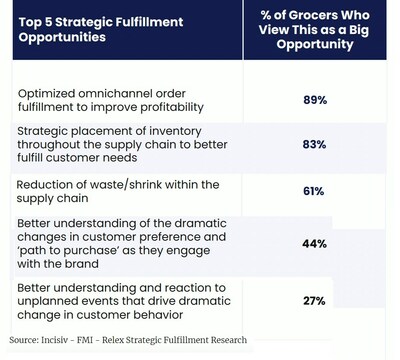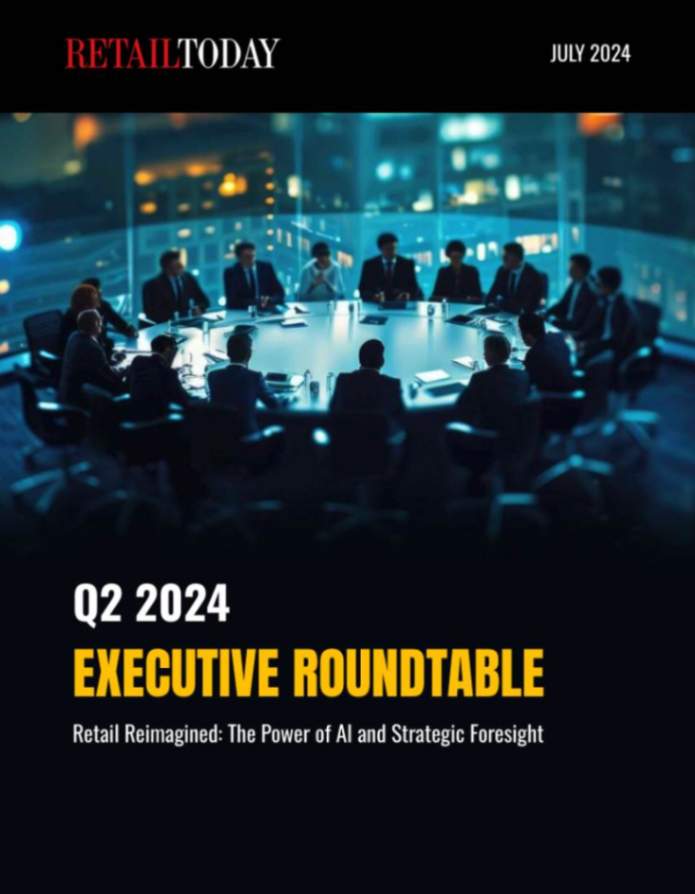Recent research by Incisiv, conducted in collaboration with The Food Industry Association (FMI) and in partnership with RELEX, highlights the importance of strategic fulfillment in achieving digital profitability.
With 69% of grocery sales in 2023 being digitally influenced, the grocery shopping experience has now become firmly omnichannel. However, despite this digital boom, profitability remains a significant challenge, with a staggering $23 billion lost in digital sales due to unavailable or unsubstituted items in 2022.

The report, Increasing Online Profitability Through Strategic Fulfillment provides a guide for grocers to navigate the complex landscape of strategic fulfillment, identify opportunities for growth, and overcome challenges to thrive in an increasingly competitive market.
“Digital offers immense potential for growth. However, for that growth to be profitable, grocers must improve their fulfillment operations considerably. Grocers can unlock the opportunities presented by optimizing availability, enacting more strategic fulfillment methods and harnessing the power of AI to improve their margins,” said Gaurav Pant, Chief Insights Officer of Incisiv.
Key takeaways from the report include:
- 97% of grocers view improving product availability as their top technology priority followed by using technology to better balance workload and orders (89%).
- Produce and Center Store products are the top two areas designated for more strategic fulfillment options.
- Close to 90% of respondents stated that better optimizing their end-to-end order fulfillment methods will get them the best opportunity to improve profitability.
- 59% of grocers are dissatisfied with their e-commerce strategic fulfillment solutions.
FMI Vice President, Industry Relations, Doug Baker said: “Technology is enhancing customer loyalty and retention; Since 2019, among the wide range of applications we see in our operations analyses is that most food retailers have been experimenting with new technologies to improve customer experience and efficiency, relieve margin pressures, shore up labor limitations, and improve e-commerce capabilities. Key strategies have included shopper loyalty programs and a checkout experience focused on speed that is frictionless.”
“As the grocery industry continues to adapt to the omnichannel landscape, it is imperative they evolve their strategic fulfillment strategies to align with consumer expectations. Unifying processes and driving efficiencies related to strategic fulfillment, including forecasts and order recommendations, and pricing and promotion strategies will all help to improve profitability while ensuring consumer satisfaction,” said Marc Koehler, director of product strategy, RELEX Solutions.






